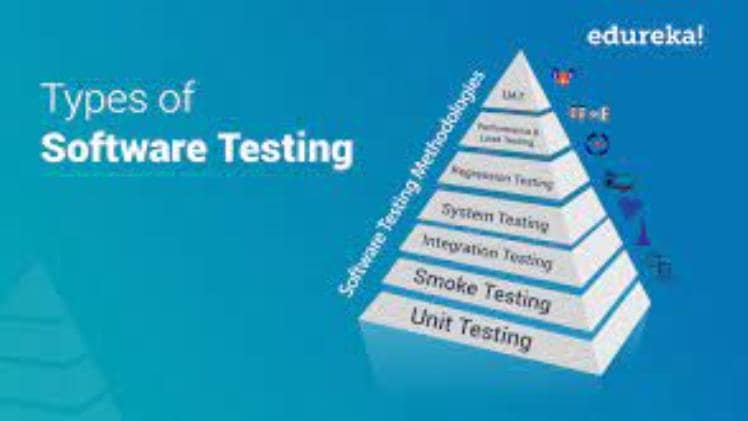4 Types of Software Testing

If you’re a new software developer, you’ve probably heard of the four main types of software testing. Regression testing, Performance testing, and Adhoc testing are all examples of different types of testing. If you’re not sure how to get started, read this article to learn more about these types of testing. Depending on your needs, you might use only one or a combination of all four types. There are many benefits to each type, so it’s important to understand the differences between them.
Functional testing
Among the most important aspects of software testing is functional testing. A good functional requirement is concise and supports a particular use case. It will mimic the most common sequence of events and evaluate whether the assertion “D is true” is true or false. However, this type of test may not fully cover all scenarios involving users. Here are a few tips for writing a good functional requirement. Use examples to support your assertions. – Be sure to write the requirements in the right format.
– Use the appropriate test case. A faulty test case may lead to a refactored version. In addition, it may change the desired flow of interactions. Automated testing does not account for these situations. It also has a high maintenance cost. A single test case can cost tens of thousands of dollars. – A test engineer’s expertise. Test engineers should be able to identify issues before they affect users’ experience.More Info About George Floyd
Regression testing
Regression testing is the process of running older test cases and tests against new versions of the software. It is crucial because minor changes can break other unrelated functions. By performing regression tests, you can ensure that your software will still work as intended, even if changes are made to the source code. Below are some examples of how regression testing can help you make your software better. When implementing a new feature or changing the software, remember to run your tests before you make any other changes.
Regression tests are the most commonly used testing techniques for new applications. They help developers ensure the correct behavior of software and track bugs introduced by new code. This type of testing is a must-have for teams that want to keep up with short software development cycles and deliver results frequently. However, it has several disadvantages. A large number of regression tests can make your software bloated and have a long runtime. This is why you must carefully evaluate the benefits of regression testing before implementing it into your software project.
Adhoc testing
While adhoc software testing is often unstructured and undocumented, it still has its advantages. The tester must have enough knowledge of the application in question in order to reproduce scenarios and to find bugs and inconsistencies that are not visible in the documentation. This way, the tester can save time and ensure the highest quality of testing. A good guideline is to document observations as closely as possible. Here are some tips for successful adhoc testing:
o Avoid writing documents for adhoc tests. This allows testers to focus on the architecture of the application and to increase test quality and coverage. Nevertheless, adhoc testing requires the tester to remember details about scenarios, which can be cumbersome and difficult, especially for complicated systems with numerous components. This type of testing is often performed on the fly. If time is an issue, consider running formal tests before conducting adhoc testing.
Performance testing
To perform effective performance testing, it is necessary to define the requirements, accept the results, and create a work flow. Performance testing requires several steps, which should be discussed with the business analyst, project manager, and any other stakeholder. In order to ensure a successful test, the performance acceptance criteria should be identified, including critical business scenarios, appropriate user variability, and test data generation. During this phase, it is also necessary to specify performance metrics.
A typical test involves measuring the amount of throughput (throughput), rate of transaction, and server response time (or “server response time”). The goal is to determine whether the application can handle multiple simultaneous users without experiencing performance issues. The tests measure performance metrics and document them. There are six types of software performance tests: stress, load, soak, spike, configuration, and isolation. Each of these metrics is measured according to its relevance to the application.




